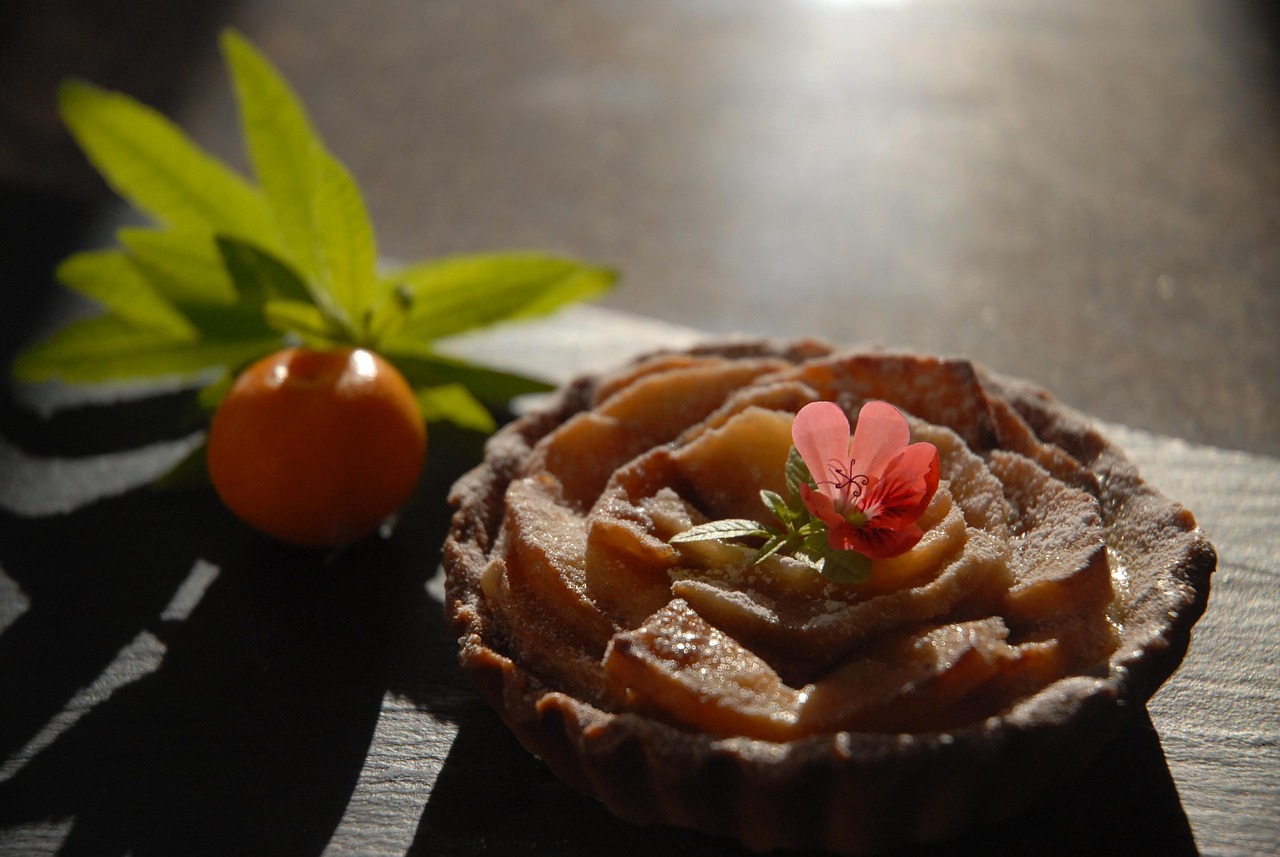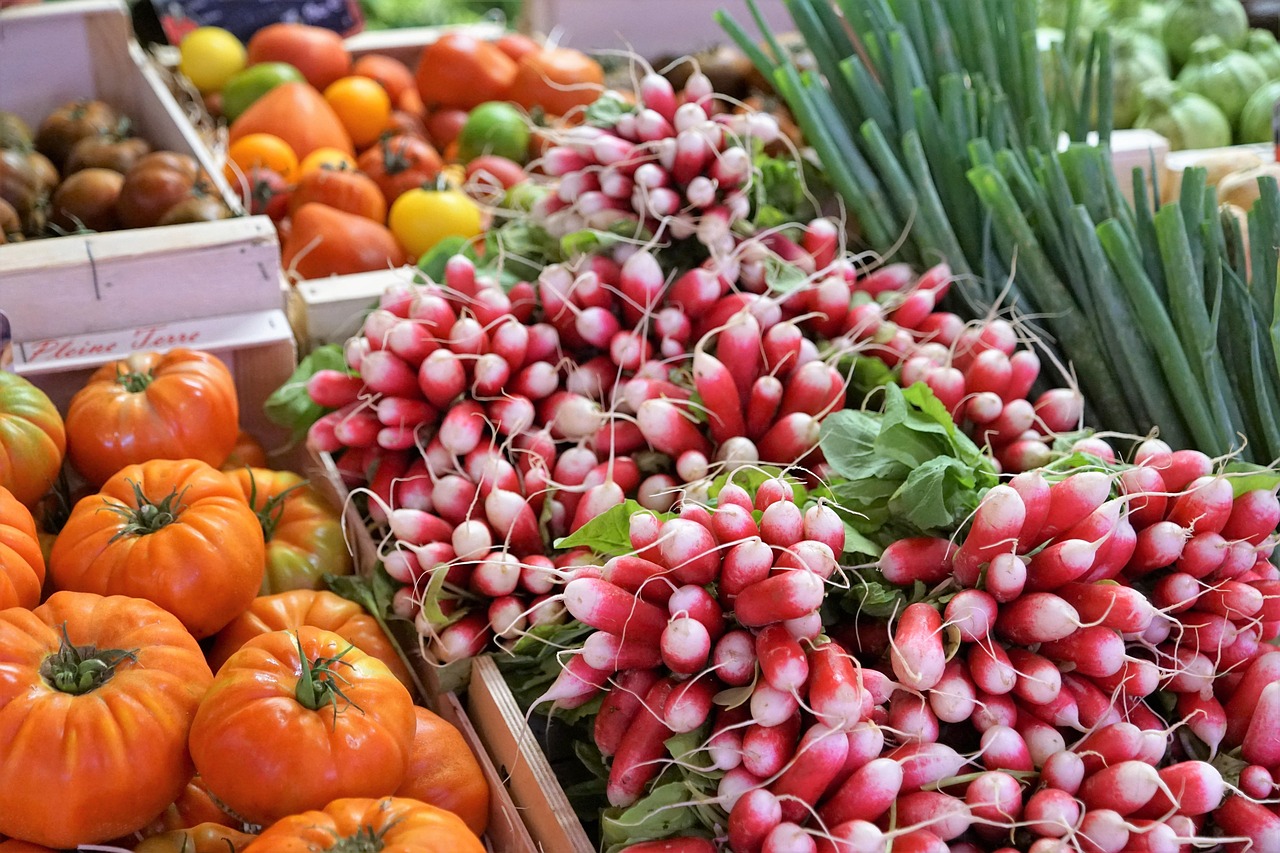Exploring the Rich Tapestry of Chinese Culinary Culture:A Journey Through Flavors and Traditions
Introduction
Chinese cuisine, with its diverse flavors and rich history, is a culinary treasure trove that has captivated the world for centuries. From the bustling streets of Beijing to the serene landscapes of the Yangtze River, the food of China is as varied as its landscapes and as complex as its history. In this essay, we will delve into the heart of Chinese gastronomy, exploring its regional variations, historical influences, and the cultural significance that makes it an integral part of the Chinese identity.
The Regional Diversity of Chinese Cuisine
China's vast geography is mirrored in its cuisine, with each region boasting its own unique culinary traditions. The country is often divided into eight culinary regions, each with its own distinct flavors, ingredients, and cooking techniques.
-
Sichuan Cuisine: Known for its bold and pungent flavors, Sichuan food is famous for its use of chili peppers and the numbing Sichuan peppercorn. Dishes like Mapo Tofu and Kung Pao Chicken have made their way into the global culinary lexicon.
-
Cantonese Cuisine: Originating from Guangdong province, Cantonese cuisine is light and fresh, with an emphasis on the natural flavors of the ingredients. Dim sum, a tradition of eating small, bite-sized dishes, is a beloved part of Cantonese culture.
-
Shandong Cuisine: Also known as Lu cuisine, Shandong food is characterized by its savory and fresh flavors, often using seafood and grains. Peking Duck, a dish that has become synonymous with Chinese cuisine worldwide, actually originates from this region.
-
Jiangsu Cuisine: Known for its delicate flavors and meticulous preparation, Jiangsu cuisine is often considered the most refined of Chinese culinary traditions. The region is famous for its sweet and sour dishes, such as Sweet and Sour Mandarin Fish.
-
Fujian Cuisine: With a focus on seafood and a light, fresh taste, Fujian cuisine is known for its use of soups and broths. Buddha Jumps Over the Wall, a luxurious dish with a rich, complex broth, is a classic example.

-
Hunan Cuisine: Similar to Sichuan in its use of chili peppers, Hunan cuisine is known for its hot and spicy flavors. Dishes like Steamed Fish with Pickled Cabbage and Spicy Chicken are popular throughout China.
-
Anhui Cuisine: Anhui food is known for its simple, home-style dishes that often use wild herbs and mushrooms. Braised Eel in Brown Sauce is a regional specialty.
-
Zhejiang Cuisine: Rich in seafood and freshwater produce, Zhejiang cuisine is known for its light, fresh flavors and the use of vinegar. West Lake Fish in Vinegar Gravy is a signature dish.
Historical Influences on Chinese Cuisine
The history of Chinese cuisine is as old as the civilization itself, with evidence of sophisticated cooking techniques dating back to the Shang Dynasty (1600–1046 BCE). Over time, Chinese cuisine has been influenced by various factors, including trade, conquest, and cultural exchange.
-
Trade: The Silk Road, which connected China to the Middle East and Europe, brought new ingredients and cooking techniques to the region. Spices like cumin and coriander became staples in Chinese cooking, and the influence of Middle Eastern cuisine can still be seen in dishes like lamb skewers and flatbreads.
-
Conquest: The Mongol invasion and the subsequent rule of the Yuan Dynasty (1271–1368) introduced new ingredients and cooking methods. The use of dairy products, such as yogurt and cheese, became more common, and the technique of stir-frying, which is now synonymous with Chinese cooking, was perfected during this period.
-
Cultural Exchange: The influence of Buddhism, which arrived in China during the Han Dynasty (202 BCE–220 CE), led to the development of vegetarian dishes, as many Buddhists abstain from meat. Today, vegetarian cuisine is an important aspect of Chinese culinary culture, with dishes like Stir-Fried Tofu with Vegetables and Mushrooms being popular choices.
The Cultural Significance of Chinese Cuisine
Food is not just sustenance in China; it is a way of life, a means of social interaction, and a reflection of the country's history and values. Here are some of the cultural aspects that make Chinese cuisine so significant:
-
Family and Community: Sharing meals is a cornerstone of Chinese culture, with families gathering around the table for daily meals and special occasions. The act of eating together is a way to strengthen bonds and pass on traditions.
-
Festivals and Celebrations: Chinese cuisine is closely tied to the country's festivals and celebrations. During the Lunar New Year, dumplings are eaten for prosperity, while mooncakes are enjoyed during the Mid-Autumn Festival. Each festival has its own associated foods, which are believed to bring good luck and fortune.
-
Medicine and Health: Traditional Chinese medicine (TCM) has a strong influence on the country's cuisine. Many dishes are designed to balance the body's yin and yang, with ingredients chosen for their medicinal properties. For example, goji berries are believed to improve eyesight and boost the immune system.
-
Symbolism: In Chinese cuisine, food often carries symbolic meanings. For instance, fish is a symbol of abundance and prosperity, and it is customary to serve a whole fish during the Lunar New Year to ensure a prosperous year ahead.
-
Hospitality: Offering food to guests is a sign of respect and generosity in Chinese culture. It is common for hosts to prepare elaborate meals for visitors, showcasing their best dishes and ingredients.
Conclusion
Chinese cuisine is a tapestry woven from the threads of history, geography, and culture. Its regional diversity, historical influences, and cultural significance make it a culinary adventure that is as rewarding as it is delicious. As the world continues to discover and appreciate the flavors of China, the rich traditions of Chinese cuisine will undoubtedly continue to evolve and inspire, ensuring that the legacy of this ancient culinary culture endures for generations to come.










